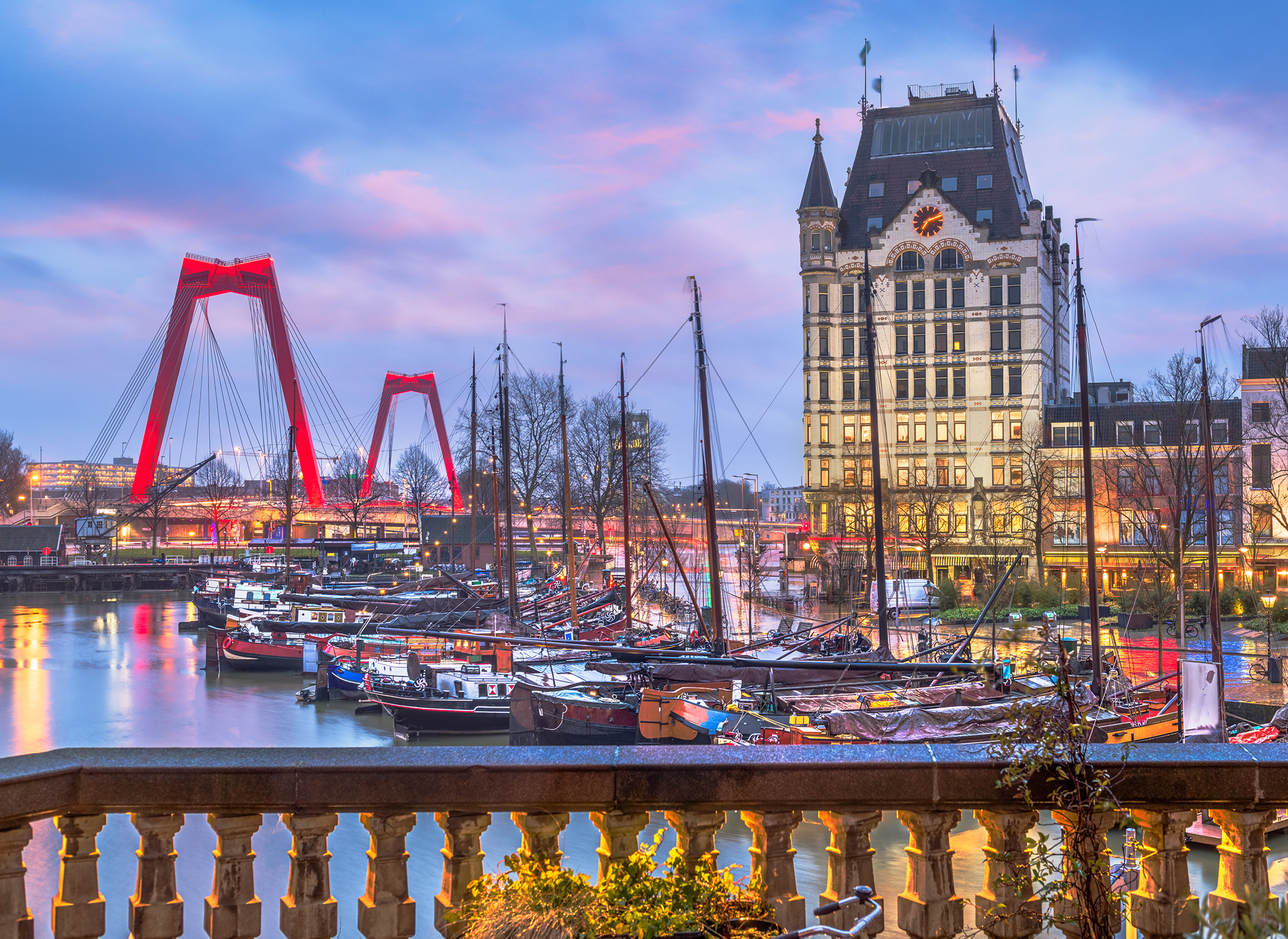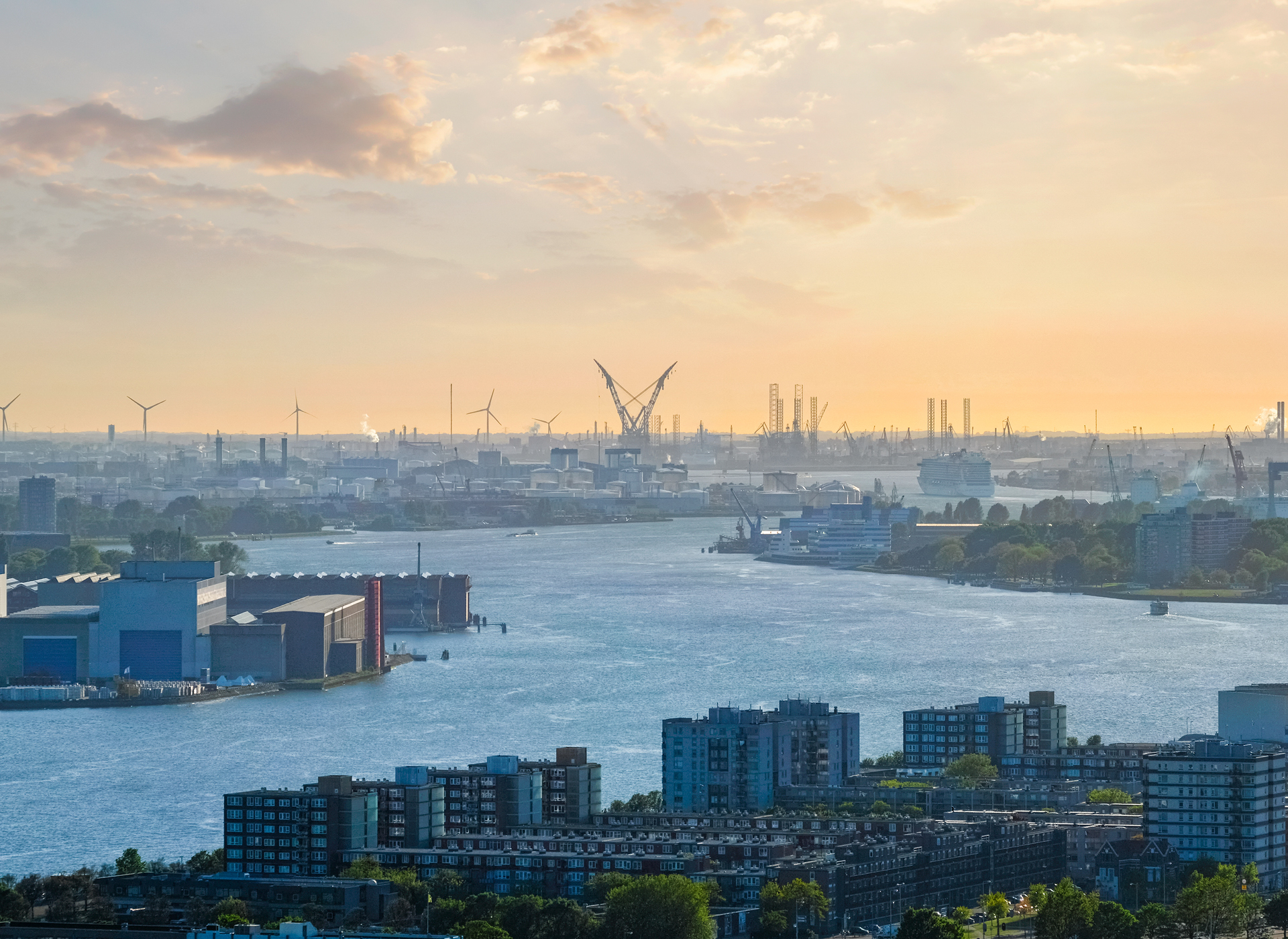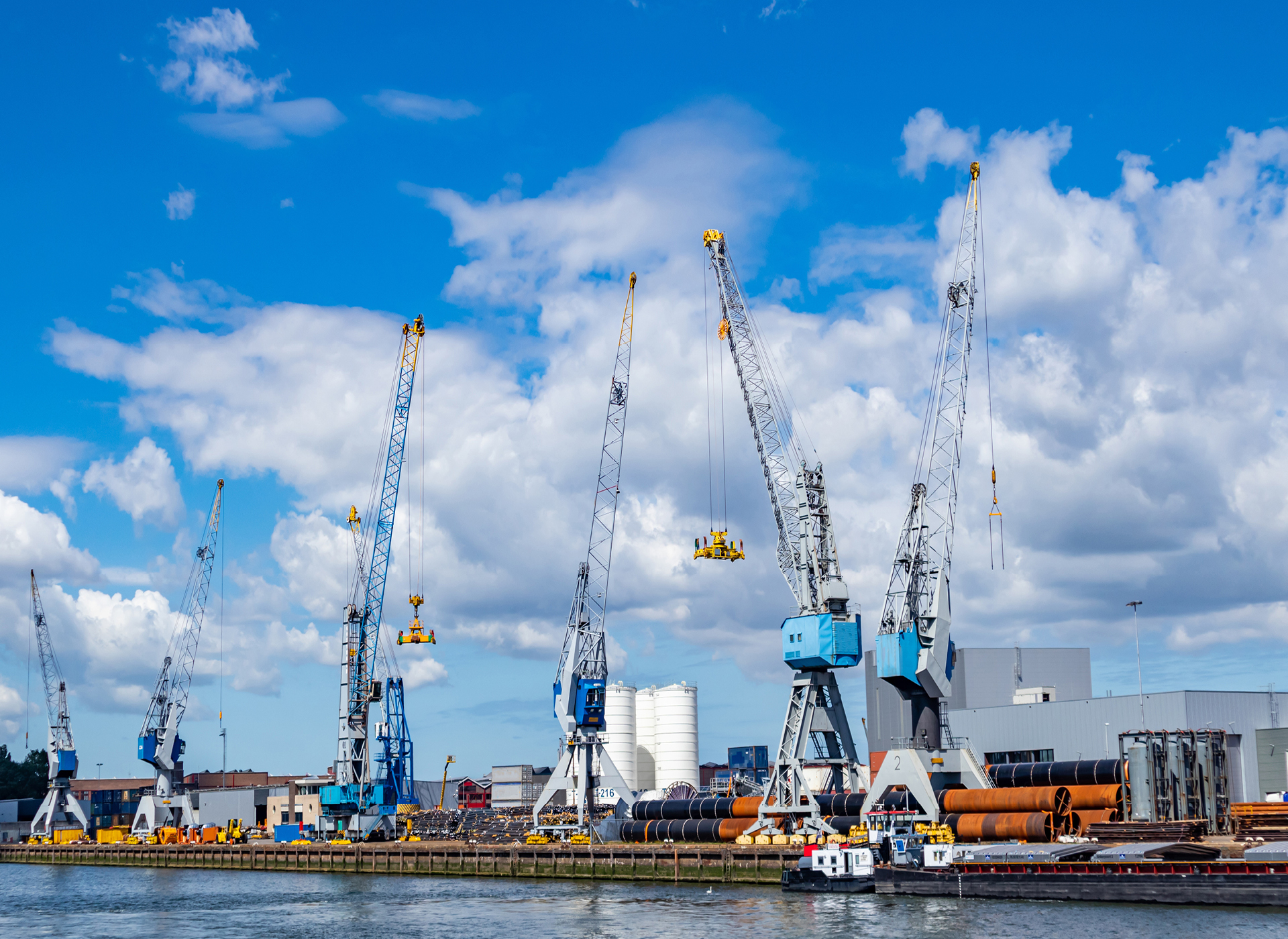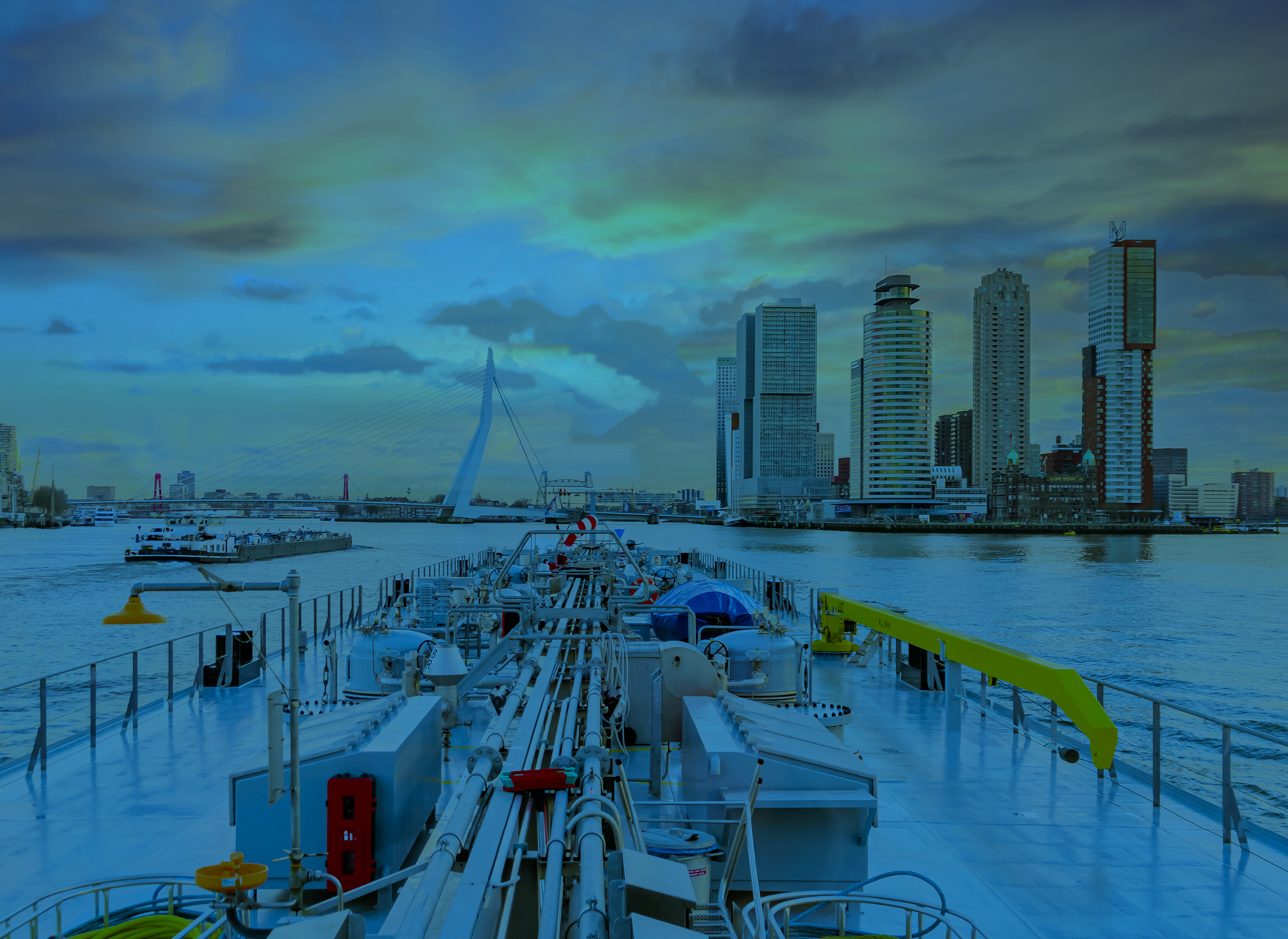The port of Rotterdam is one of the most important ports in the world, serving as a key gateway to the European market and handling over 465 million tons of cargo annually. The strategic location of the port on the Rhine-Meuse-Scheldt delta has made it a critical transportation hub for centuries. In addition to its historical significance, the port has been modernized over the years to ensure that it remains a key player in the global economy.
An ambitious expansion project
One of the most impressive feats of modernization was the construction of the Maasvlakte 2 extension. The Maasvlakte 2 extension of the Port of Rotterdam is one of the largest construction projects in Europe in recent decades. This project has created an additional area of 2,000 hectares in the sea, which has significantly expanded the port’s capacity to handle large volumes of cargo and larger ships.
To build this extension, an ambitious engineering project was carried out which involved excavating 240 million cubic meters of sand and creating a new deep-water port that extends up to 20 meters deep. The new port infrastructure also includes an 11-kilometer-long and 25-meter-wide breakwater, which protects the new port extension from currents and waves from the North Sea.

The Maasvlakte 2 extension has not only allowed the Port of Rotterdam to increase its cargo capacity, but has also allowed the creation of new industrial and storage areas. New port facilities have been built, such as container terminals, oil and liquefied natural gas terminals, and new roads and railway connections have been created to transport goods to and from the port.
An infrastructure that connects Europe with the rest of the world
The port of Rotterdam is particularly important for the transportation of energy products, such as crude oil, natural gas, and petroleum products. It is the largest petroleum port in Europe and one of the largest in the world, handling over 100 million tons of crude oil annually. The port is also an important hub for the transportation of natural gas, with pipelines connecting it to major gas fields in the North Sea and beyond.

The port of Rotterdam is also a major center for the transportation of containerized cargo. It is the largest container port in Europe and one of the top 10 in the world, handling over 14 million TEUs (twenty-foot equivalent units) annually. The port is home to some of the most modern and advanced container terminals in the world, with automated cranes and handling systems that can unload and load containers in a matter of minutes.
The port is also a major contributor to the Dutch and European economies. It generates over 3% of the Dutch GDP and provides employment to over 180,000 people.
The port also plays an important role in promoting innovation, sustainability, and safety in the maritime industry. It is home to several research and development centers, as well as initiatives to reduce the environmental impact of shipping and promote the use of renewable energy. It is a critical piece of infrastructure that connects Europe to the rest of the world. Its strategic location, state-of-the-art facilities, and commitment to innovation and sustainability have made it one of the most important and dynamic ports in the world. With its ongoing commitment to modernization and innovation, the port of Rotterdam is sure to continue playing a key role in the global economy for decades to come.

